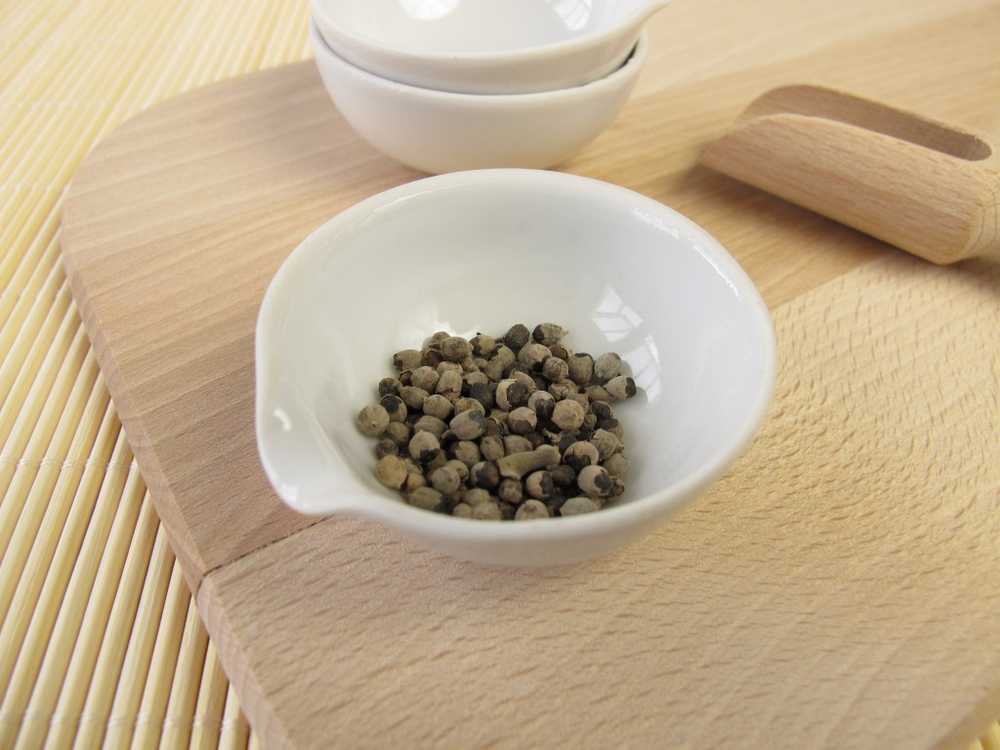Cycle disorders chaste lamb extract effective and well tolerated

 Image: Heike Rau - Fotolia
Image: Heike Rau - Fotolia About 20 percent of all women suffer from cycle disorders, which can be very aggravating, especially when fulfilling a pregnancy desire. Therefore, 211 women with cycle disturbances in the average age of 35.3 years participated in the non-interventional Swiss non-interventional study, of which 53 also reported an unfulfilled wish to have children. All received 20 milligrams of the Ke-lamb extract Ze 440 daily for three consecutive menstrual cycles. The medical records were taken at the beginning of the treatment and after the third cycle.
The proportion of participants in whom treatment with the herbal medicinal product led to a symptom-free or improved symptoms was between 79 and 85 percent, reported the authors of the study Eltbogen, Litschgi, Gasser, Flüeli, Nebel and Zahner (J Gynäkol Endocrinol 2015; 25 (2)):
● Polymenorrhea (excessive bleeding) had completely resolved in 16 percent of patients and improved by 64 percent.
● Oligomenorrhoea (infrequent bleeding) was successfully treated in 38 percent of those affected and improved by 48 percent.
● The symptom of a missed menstrual bleeding (amenorrhea) completely resolved in 60 percent of patients and has improved by 25 percent.
● Patients who complained of bleeding, ovulation bleeding, or excessive bleeding (hypermenorrhea) prior to the study had proportions of alopecia or improvement of a similar magnitude.
Most notable, however, was the fact that of the 53 women with unmet desire to conceive, 12 (23 percent) became pregnant during the course of the three-month treatment. (Pm)


